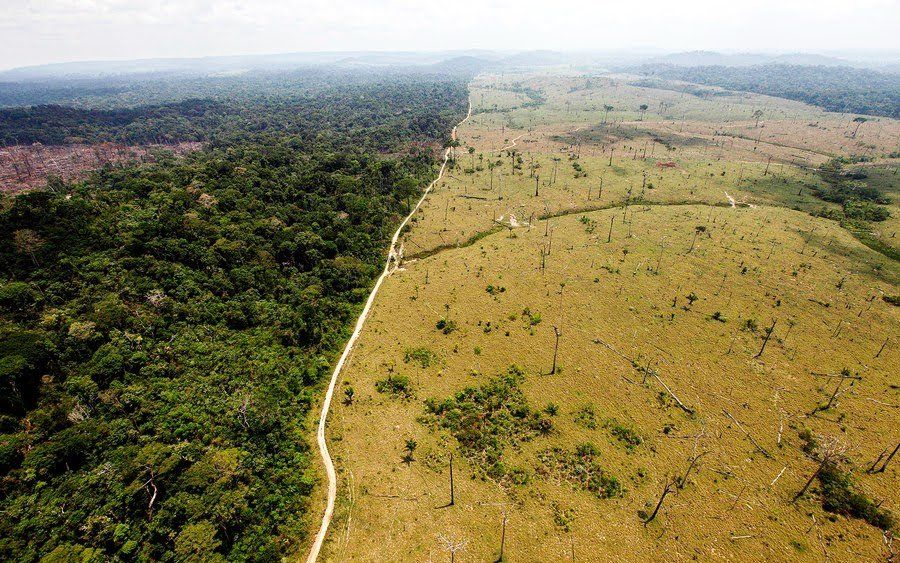Sacrificing Standing Tree For Short Term Gains
Apr 01, 2019 • 77 views
It only takes a few hours to clear a few trees, but many, many years to grow new ones.
Forests cover about 30 percent of the planet's land mass. They are often described as the lungs of our planet. But as the world’s population is growing, the forest area cover is reducing continuously. It is no secret that more and more trees are being cut down to provide housing and food for the growing world population. But what about the varieties of life forms linked with the forest? And the role forest play in the ecosystem? Is it right sacrificing the long-term benefits of standing trees for short-term gain?
Out of the many uncountable functions of the forest, some are -
Providing food and shelter to life forms.
Fuel and raw materials for many industries.
maintaining ecological equilibrium— particularly to maintain the balance of water, carbon dioxide and oxygen in the atmosphere.
Holding soil firmly, roots of the trees prevent erosion and denudation of soil.
They keep check on global warming and plays a major role in maintaining Earth's temperature.
Forest cover is a natural protection of an area from many natural calamities and disasters etc.
Hence, human-driven and natural loss of trees—deforestation—affects wildlife, weather patterns, and even the climate. Eighty percent of Earth’sland animals and plants live in forests, and deforestation threatens species diversity as well as ecosystem balance.

In the past, tribes of people were much smaller and they each lived on their own small plot of land where they hunted and grew their own food. As the world’s population grows, cities become larger and the need for resources grows right along with it.
Each year, there are about 19 million live births in the world. The rate of worldwide deaths continues to decrease, especially in developed countries, as better medical care is found and cures for diseases that used to kill people are discovered. While a diminishing mortality rate is a good thing, it does mean that the world is populated to a greater degree each year, which calls for more resources. Farming, grazing of livestock, mining, and drilling combined account formore than half of all deforestation. Forestry practices, wildfires and, in small part, urbanization account for the rest.
Between 1990 and 2016, the world lost 502,000 square miles (1.3 million square kilometers) of the forest,according to the World Bank—an area larger than South Africa. If a check won't be put, it’s entirely likely that the world’s forests will be gone someday. By the year 2025, it is expected that the world’s population would reach 8 billion and feeding, clothing, and housing all those people will become an issue.
The best example of awareness is recently shown by the people living on the island of Kokota who thought their forests were lost forever. But then, the reforestation efforts came in action a few years back and now the island of Kokota, is again living and breathing with sufficient trees.
Many practices are going all around the world to save the forest. And like this, if everyone commits to doing their part, at least plant a tree once in a span of 6 months perhaps the globe can be preserved and protected for many generations to come.
Do not avert your eyes, it is important that you see this, it is important that you feel this.
